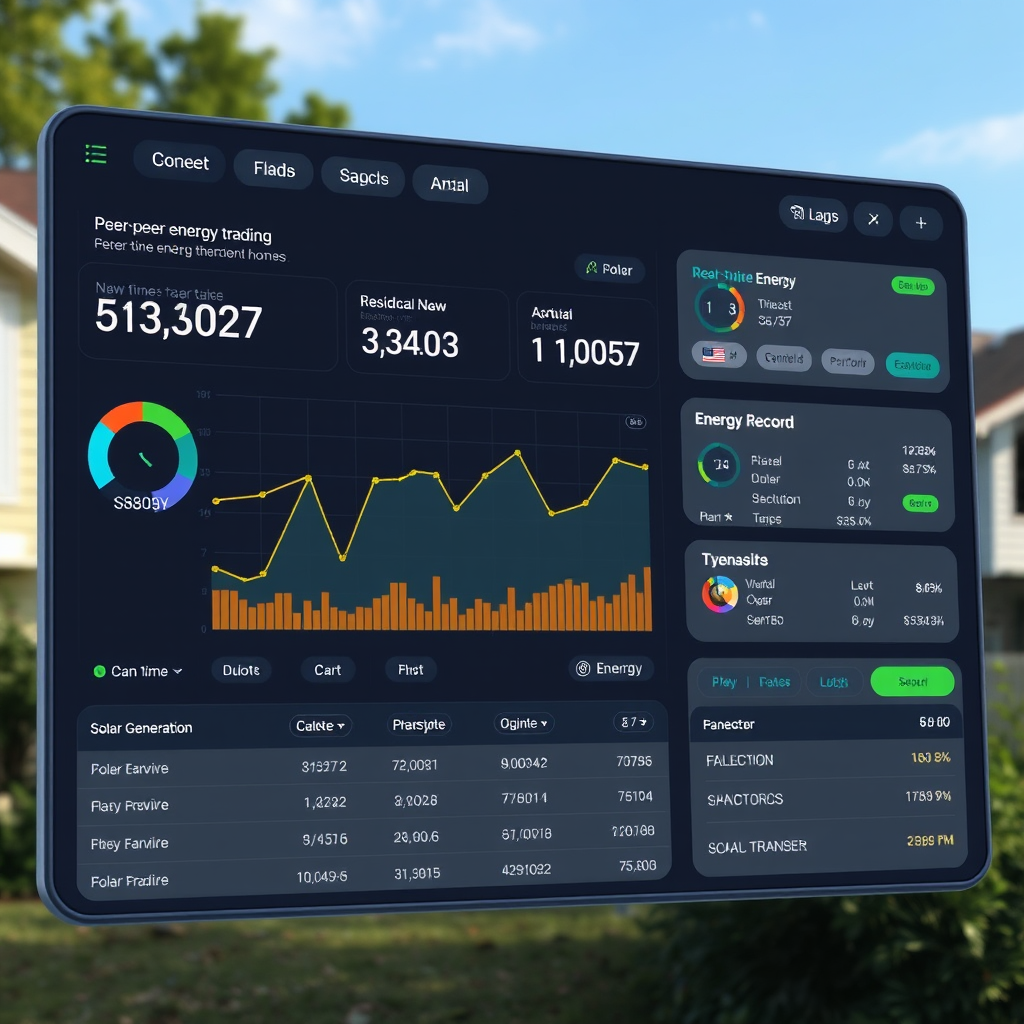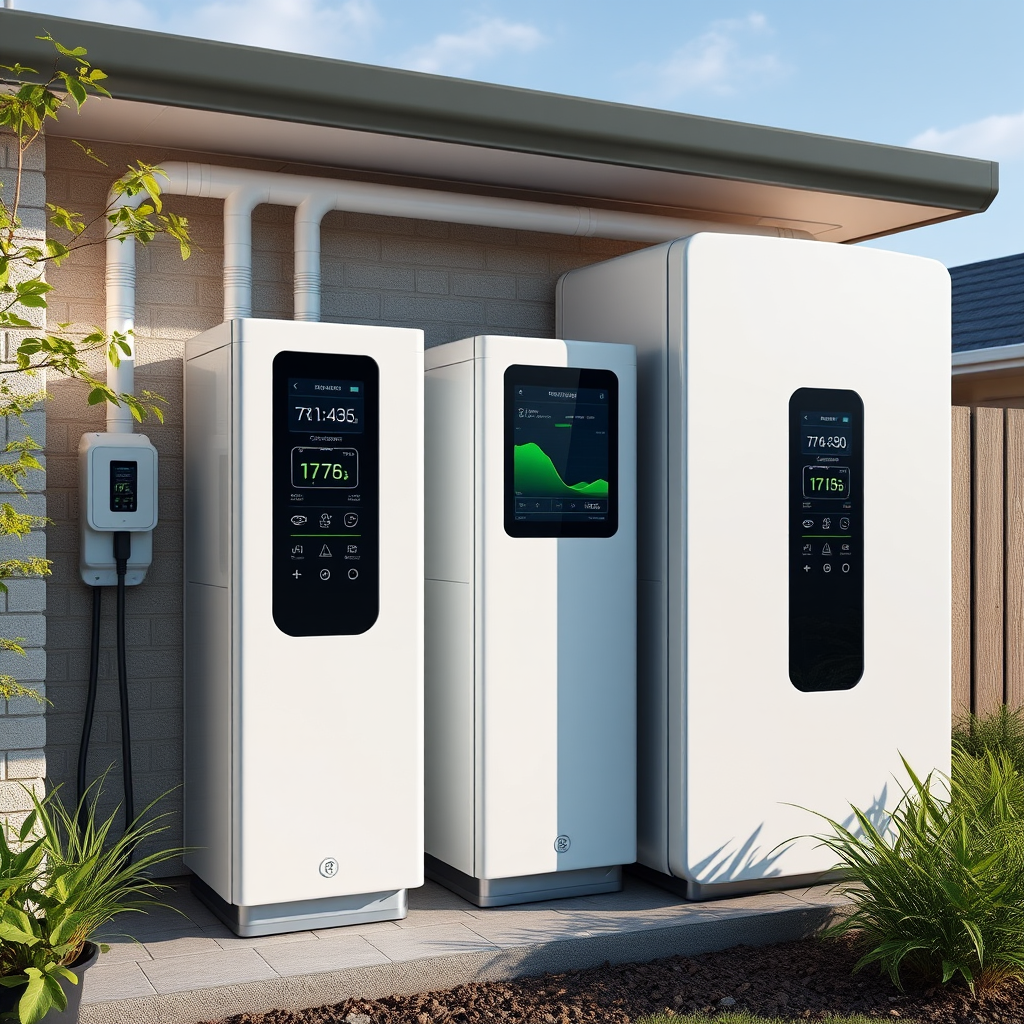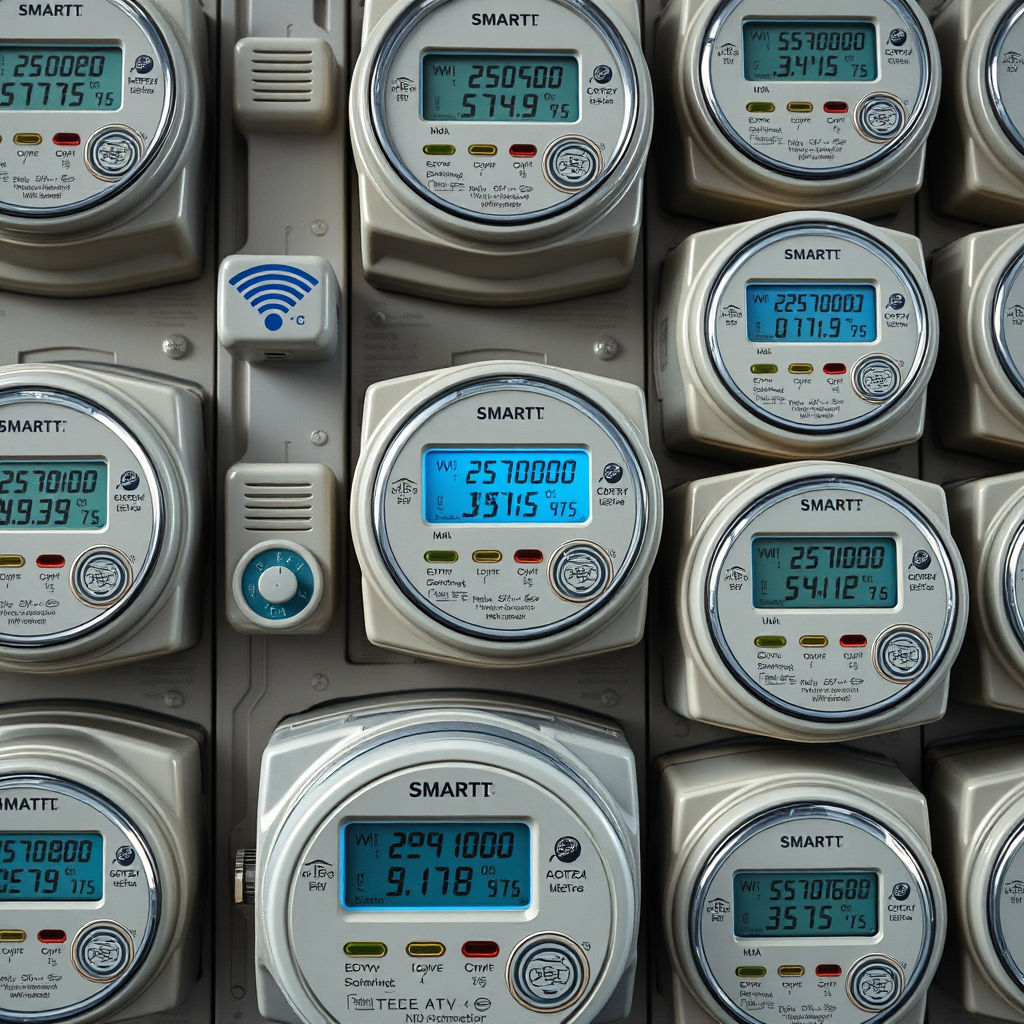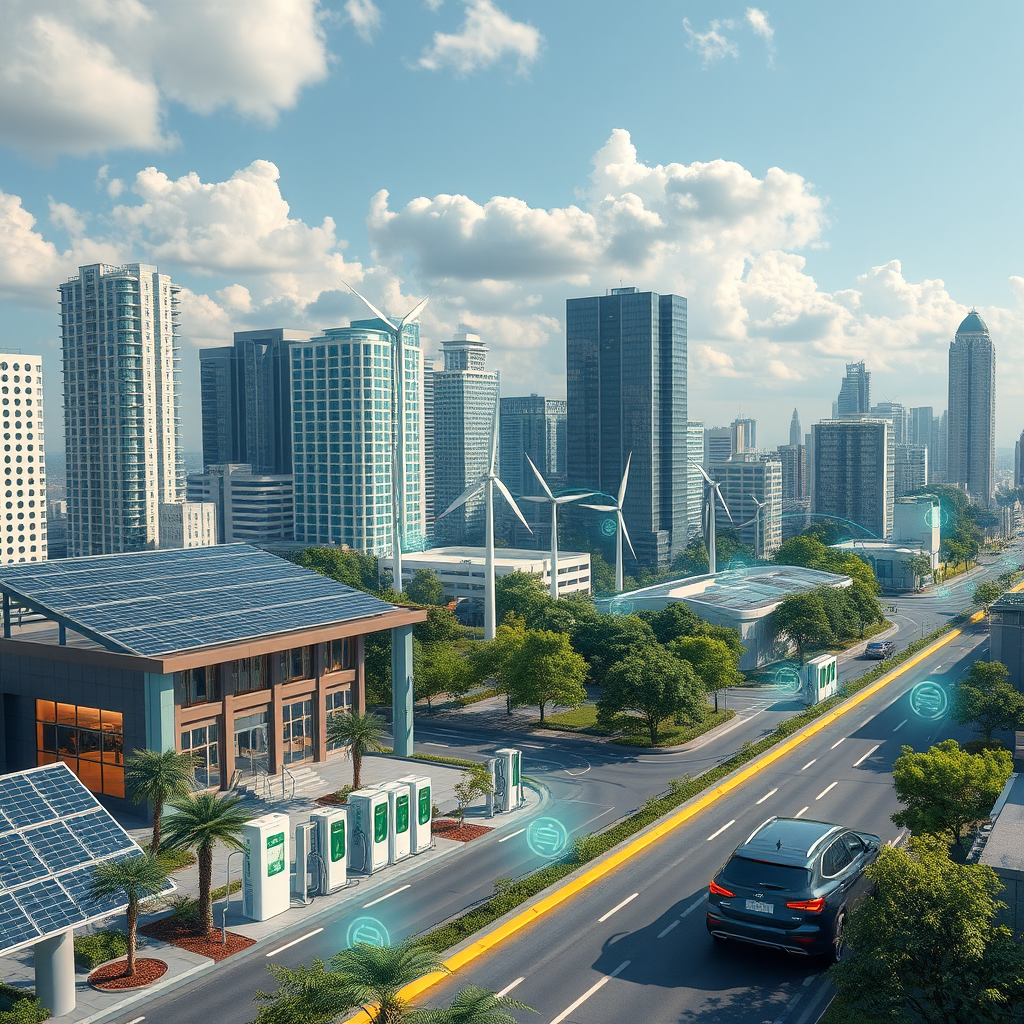As cities worldwide grapple with energy security and climate resilience, a quiet revolution is transforming how neighborhoods generate, store, and share power. Microgrids—localized energy networks that can operate independently from the traditional grid—are emerging as a cornerstone of smart city infrastructure, promising greater sustainability and energy independence for urban communities.
The Rise of Distributed Energy Resources
Traditional power grids follow a centralized model: large power plants generate electricity that travels through transmission lines to reach consumers. But modern urban tech is flipping this paradigm. Today's smart environments integrate distributed energy resources (DERs) directly into neighborhoods, creating resilient energy ecosystems that respond dynamically to local demand.
Solar panels on rooftops, small wind turbines, battery storage systems, and even electric vehicle charging stations now function as interconnected nodes in these intelligent networks. Advanced IoT sensors monitor energy production and consumption in real-time, while machine learning algorithms optimize distribution patterns to maximize efficiency and minimize waste.

Peer-to-Peer Energy Trading: The Neighborhood Marketplace
One of the most revolutionary aspects of modern microgrids is peer-to-peer energy trading. Using blockchain technology and smart contracts, neighbors can now buy and sell excess energy directly to each other, creating local energy markets that operate independently of traditional utilities.
In Brooklyn's Park Slope neighborhood, residents with solar installations regularly sell surplus power to their neighbors through a digital platform that automatically handles transactions. This civic platform approach transforms energy from a centralized commodity into a community resource, strengthening local resilience while reducing dependence on external power sources.
"We're seeing the democratization of energy infrastructure. Communities are no longer passive consumers—they're active participants in creating their own energy future."
Smart Grid Technology: The Neural Network of Modern Infrastructure
The backbone of these adaptive cities lies in sophisticated smart grid technology that functions like a neural network for urban energy systems. Connected spaces throughout neighborhoods communicate constantly, sharing data about energy production, storage levels, and consumption patterns.
Advanced sensors embedded throughout the digital infrastructure monitor everything from weather conditions affecting solar generation to occupancy patterns in buildings. This behavioral infrastructure adapts energy distribution in real-time, ensuring optimal performance while maintaining grid stability.


Community Energy Self-Sufficiency
The ultimate goal of microgrid development is community energy self-sufficiency. Forward-thinking neighborhoods are achieving remarkable independence from traditional power grids, with some communities generating 80% or more of their electricity locally.
These achievements represent more than technological progress—they embody a fundamental shift in how we think about public innovation and urban mobility. Energy-independent communities are more resilient to outages, less vulnerable to price fluctuations, and better positioned to support the growing infrastructure demands of electric vehicles and smart city services.
Key Benefits of Microgrid Implementation
- Enhanced Resilience: Local energy generation reduces vulnerability to grid failures
- Cost Reduction: Peer-to-peer trading and local generation lower energy costs
- Environmental Impact: Increased renewable energy adoption reduces carbon footprint
- Grid Stability: Distributed resources provide better load balancing
- Community Engagement: Residents become active participants in energy management

The Path Forward: Scaling Urban Energy Innovation
As we look toward the future of urbanism, microgrids represent just the beginning of a broader transformation in how cities manage resources and serve citizens. The integration of artificial intelligence, advanced materials, and behavior-responsive systems promises even greater efficiency and sustainability.
Cities implementing comprehensive microgrid strategies are discovering that energy independence creates ripple effects throughout urban systems. Reliable local power supports better digital public life, enables more sophisticated IoT deployments, and provides the foundation for truly adaptive cities that respond intelligently to citizen needs.
The microgrid revolution isn't just about electricity—it's about reimagining the relationship between technology, community, and urban infrastructure. As more neighborhoods embrace these smart environments, we're witnessing the emergence of a new model for sustainable city living that puts communities at the center of their own energy future.
Looking Ahead
The next phase of microgrid development will focus on interoperability between neighborhood networks, creating city-wide energy sharing systems that maintain local autonomy while enabling broader collaboration. This evolution represents the natural progression toward truly connected, resilient urban environments.
